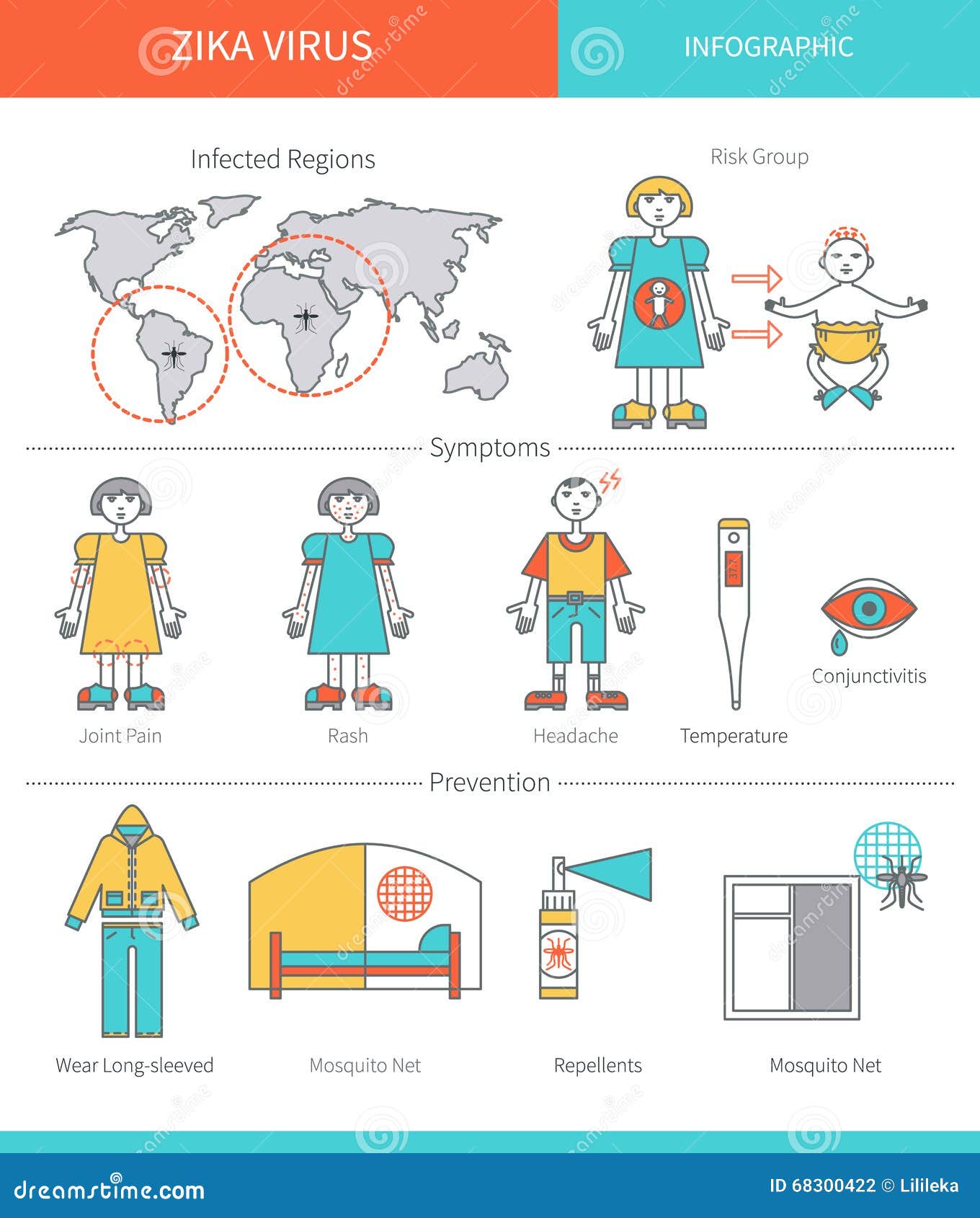The smart Trick of Superantigen - UniProt That Nobody is Talking About


Superantigen - an overview - ScienceDirect Topics
Some Ideas on Perbedaan Antigen, Superantigen dan Imunogen - Kak Bio You Should Know
Superantigens, Superantigens are molecules that indiscriminately stimulate as much as 20% of all T lymphocytes (normal reaction to antigen promotes only 0. 01% of T cells), which launch massive quantities of proinflammatory cytokines such as growth element (TNF-). When launched into blood, high levels of TNF- cause harmful hypovolemic shock and organ failure.

Immense Immunology Insight: How superantigens work
T cells and APCs are brought into direct contact by the bridging of the consistent region of class II molecules and the variable sections of the TCR -chain (V). Superantigen binding is distinct, however, because it happens outside the normal binding cleft (Figure 6-7). Staphylococcal and streptococcal superantigens have been implicated in food poisoning, exfoliative dermatitis in infants (scalded skin syndrome), cellulitis, scarlet fever, and toxic shock syndrome.
Enterotoxins are similar to exotoxins however usually only trigger moderate to serious diarrhea. All staphylococcal enterotoxins can cause the signs of gastrointestinal disorder, however only SEA and SEB are associated with exfoliative dermatitis. lotion for psoriasis on scalp is associated with the TSST-1, SEB, or SEC2 superantigens. In the last 20 years, an increase has been seen in the occurrence of streptococcal toxic shock syndrome related to necrotizing fasciitis or myositis.

Superantigens in dermatology - Journal of the American Academy of Dermatology
About The Role of Bacterial Superantigens in the Immune Response
These strains produce three different superantigens (SPE-A, SPE-B, and SPE-C) and various pyogenic toxins. SPE-A is specifically connected with streptococcal toxic shock syndrome (s, TSS). Streptococcal and staphylococcal superantigens act in a similar way.
SEB, a common bacterial superantigen (PDB:3 SEB). The -grasp domain is revealed in red, the -barrel in green, the "disulfide loop" in yellow. SEC3 (yellow) complexed with an MHC class II molecule (green & cyan). The SAgs binds adjacent to the antigen discussion cleft (purple) in the MHC-II. The T-cell receptor complex with TCR- and TCR- chains, CD3 and -chain device molecules.

Specifically it causes non-specific activation of T-cells leading to polyclonal T cell activation and massive cytokine release. SAgs are produced by some pathogenic infections and germs most likely as a defense reaction versus the immune system. Compared to a regular antigen-induced T-cell action where 0. 0001-0. 001% of the body's T-cells are triggered, these SAgs can triggering up to 20% of the body's T-cells.
